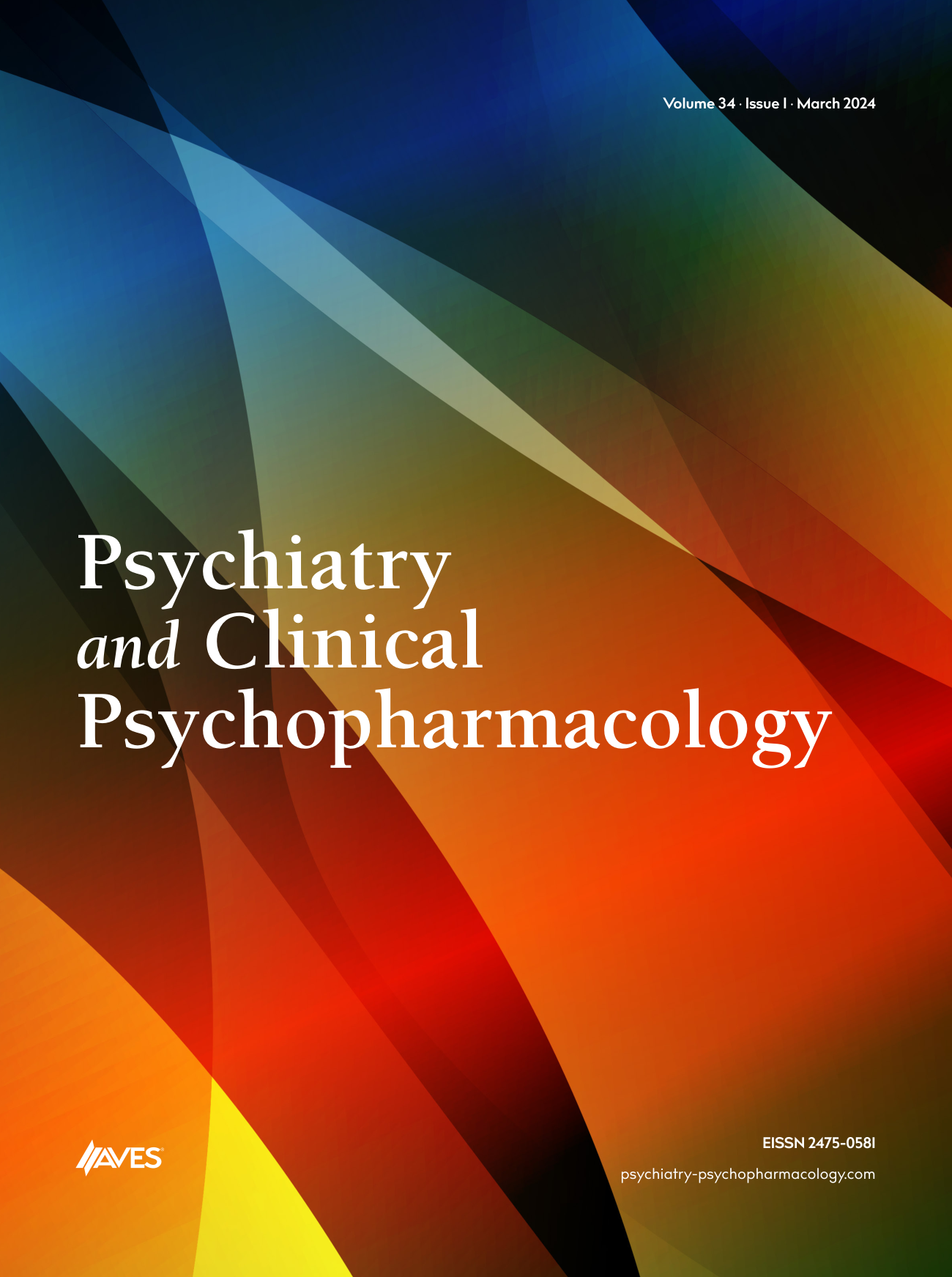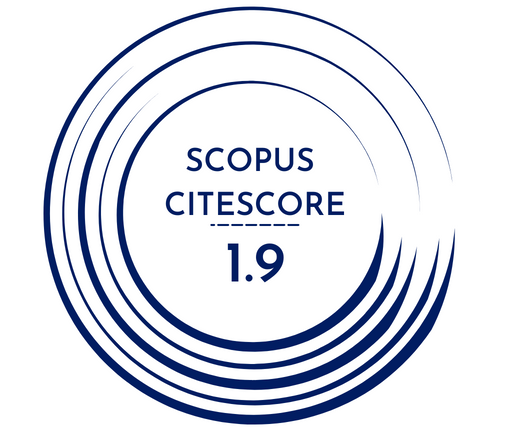Objective: To explore the characteristics of child and adolescent inpatient psychiatry services in Turkey that are few in number, such as: hospitalization conditions, service conditions and treatment modalities.
Method: Information about the inpatient services was recruited by contacting the doctors of the services by the commission of inpatient institutions of the Turkish Association for Child and Adolescent Psychiatry.
Results: There are 9 child and adolescent inpatient clinics in our country, 5 of which belong to the University Hospitals and 4 of which belong to education hospitals. One of these clinics is specialized on alcohol and substance dependence in children and adolescents and one of them has a detoxification room. The capacity of clinics ranges between 9-28 patients. The hospitalization duration of the patients in 8 of the clinics ranges between 11-80 days, with a mean of 40.34 days; the remaining clinic could not give information about the duration of hospitalization as they began hospitalization of the patients recently. The total duration of duty of the clinics ranges between 2 months and 10 years. Six of the clinics are partial custody, two of them are full custody and the last one is a daytime clinic. The age range rules for admission of patients are 0-18 in 5 of the clinics, 6-18 in one clinic, 12-18 in one clinic, 14-18 in one clinic and 12-16 in the daytime clinic. The number of staff ranges between 5-25 people. The number of consultant child and adolescent psychiatrists in clinics ranges from 1 to 3. The number of assistant physicians in clinics ranges between 1 and 4. The number of nurses ranges between 5 and 16. There are one psychologist in 6 of the clinics, 2 psychologists in one clinic and one social worker in 5 of the clinics. Also, there are class teachers and teachers of different branches in 5 of the clinics. In addition, some of the services include education coordinator, service managers and guides. The principal treatment modalities that are applied in the services are: psychopharmacological treatment, cognitive behavioral therapy, group psychotherapy, individual psychotherapy and milieu therapy.
Conclusion: Child and adolescent inpatient clinics have an important role in the treatment of children and adolescents, who cannot be managed at outpatient settings and need intensive therapy and crises intervention. The number of inpatient child and adolescent clinics that have appropriate care and quality standards should be increased in our country.



